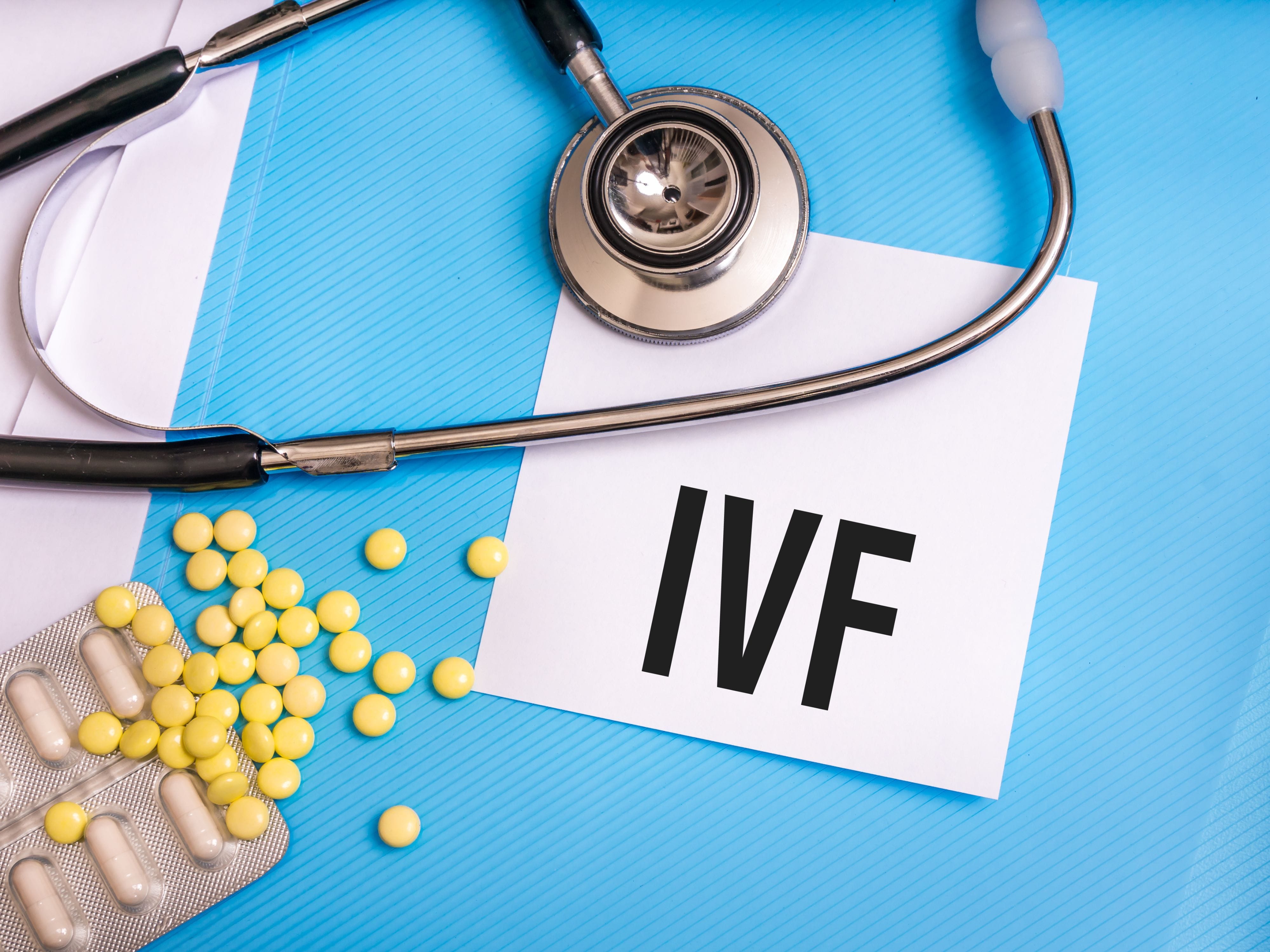
For many couples, the journey to parenthood begins with excitement, but when conception takes longer than expected, it can bring emotional challenges. The feelings of frustration and confusion often leave couples wondering where to turn next or what options are available.
Infertility, whether due to medical conditions, age, or other factors, can be challenging to navigate. Fortunately, advances in reproductive medicine, like Assisted Reproductive Technology (ART), have provided solutions to help couples facing infertility.
In this blog, we’ll explore the basics of ART, the different types of treatments available and how they can assist couples in overcoming fertility challenges.
The Basics of Assisted Reproductive Technology (ART)
Assisted Reproductive Technology (ART) refers to a range of medical procedures used to help individuals or couples conceive a child when they are facing difficulties due to infertility.
Medically, infertility is defined as the inability to conceive after one year of regular attempts or six months if the woman is over 35 years old.
So Assisted Reproductive Technology (ART) involves various techniques used to culture eggs, sperm, or embryos outside the body and increase the chances of a successful pregnancy.
Different Types of Assisted Reproductive Technology
Now, let's delve into the different types of ART (Assisted Reproductive Technology) available. Each type of Assisted Reproductive Technology (ART) involves various methods to address the unique challenges a couple or individual may face.
1. In Vitro Fertilization (IVF)

The process of IVF involves retrieving eggs from the ovaries and fertilising them with sperm in a lab. Learn how to plan financially for IVF costs. After several days of embryo development, one or more embryos are transferred into the uterus.
2. Intracytoplasmic Sperm Injection (ICSI)
This technique is mainly preferred when there are male fertility issues. To facilitate fertilisation, a single sperm is injected into an egg. This method increases the chances of success when there are concerns about sperm quality.
3. Intrauterine Insemination (IUI)
In IUI, the sperm is directly injected into the uterus during ovulation. This method is less invasive than IVF and may be suitable for couples with unexplained infertility or mild male factor infertility.
4. Frozen Embryo Transfer (FET)
If you have surplus embryos from a previous IVF cycle, they can be frozen for future use. FET involves thawing these embryos and transferring them into the uterus at a later date.
5. Gamete Intrafallopian Transfer (GIFT)
In this procedure, both eggs and sperm are placed directly into the fallopian tubes, where fertilisation can occur naturally.
6. Zygote Intrafallopian Transfer (ZIFT):
Similar to GIFT, ZIFT involves placing fertilised eggs (zygotes) into the fallopian tubes instead of the uterus.
7. Donor Eggs or Sperm
If one partner has fertility issues related to their eggs or sperm, using donor eggs or sperm may be an option. This involves using eggs or sperm from a donor to achieve pregnancy.
8. Surrogacy

In cases where carrying a pregnancy is not possible for medical reasons, surrogacy allows another woman to have the baby for you using either your embryo or donor eggs/sperm.
The ART Regulation Bill, 2021
In India, there has been significant progress in regulating ART practices through legislation such as the Assisted Reproductive Technology (Regulation) Bill, 2021. Here are three key features:
1. National Registry for Clinics and Banks
The Bill establishes a National Registry where all ART clinics and banks must register. This means the government keeps track of these clinics to ensure they follow specific standards.
2. Rules for Safe and Ethical Practices
The Bill sets clear rules for ART clinics to ensure safe and ethical practices. This includes having qualified doctors and proper equipment. Clinics must also provide counselling to couples about their options and keep their personal information private.
3. Penalties for Breaking the Rules
To ensure that clinics follow the new regulations, the Bill includes penalties for those who don't comply. If a clinic engages in unethical practices, such as selling human embryos or performing sex selection, they can face heavy fines or even jail time.
How a Fertility Coach Can Support Your Journey
Understanding all the ART procedures and the risks associated with each can be overwhelming. This is where a Fertility Coach can guide you. These professionals specialise in providing support and guidance throughout your fertility journey.
A Fertility Coach can help you understand your options better by offering personalised advice tailored to your unique situation. They can assist with:
Implantation Guidance: Understanding what happens during implantation can help you prepare mentally and emotionally.
Conceiving Guidance: A coach can provide tips on optimising your chances of conception through lifestyle changes.
Pregnancy Planning: They help you set realistic goals and timelines based on your specific circumstances.
Having someone knowledgeable by your side can make all the difference during this sensitive time.
A coach offers not only information but also emotional support that helps you feel empowered in making decisions about your fertility journey.
Fertility Guidance is More Accessible Than Ever
Your dream of having a family needs patience and proper guidance at each step. Understanding the list of available assisted reproductive technologies is the first step and a very important one.
The next step is to consult a certified Pregnancy & Fertility Coach on trusted platforms like PYNG.
Key Terms:
Eggs: Eggs, or ova, are the female reproductive cells produced in a woman's ovaries. Each month, a mature egg is released during ovulation and can be fertilised by sperm to form a new life.
Sperm: Sperm are the male reproductive cells produced in a man's testicles.
Embryo: An embryo is the early stage of development that occurs after a sperm fertilises an egg. It begins as a single cell called a zygote and then divides and grows as it travels to the uterus, where it can develop into a fetus.
Disclaimer: This information provided is intended for general informational purposes only. It is not a substitute for professional advice or guidance. For personalised recommendations or specific concerns, please consult a certified professional.




